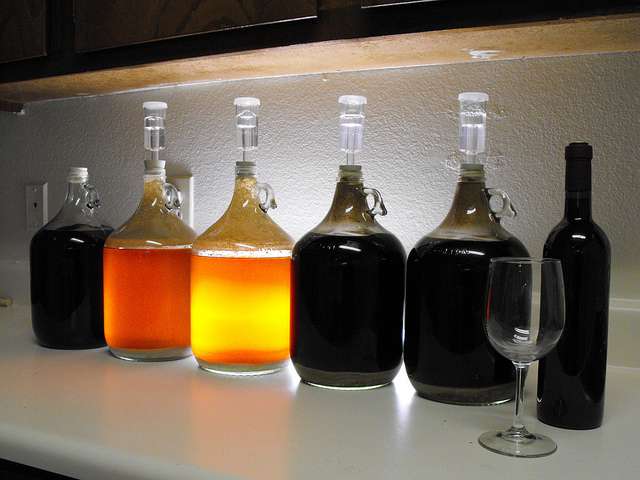
It’s important to measure color quality in beer to ensure that the brewing process remains consistent batch-to-batch. Image Credit: Unsplash user Adam Wilson
One of my friends has operated a small-scale brewery for the past five years, and he makes the most delicious lager that I’ve ever tasted. But he wasn’t always this skilled at the craft; when he first got started, he didn’t realize the importance of opacity and color quality in beer. For the first few years, every batch he made looked slightly different—one might be a dark, cloudy brown, while the next looked creamy gold. It was a frustrating experience for him. After investing in quality control tools, and experimenting in his new brew lab, he finally achieved consistency, and as a result, his brewery’s beer tastes and looks better than ever.
If you own a microbrewery or other small-scale business, you can save a great deal of time and wasted beer by measuring the color and opacity of your brews in advance. This method allows you to make changes to your brew long before bottling, creating your own dream beer from scratch.

A consistent-colored product looks more appealing, and it’s a sign of a refined brewing process. Image Credit: Unsplash user Pawel Kadysz



